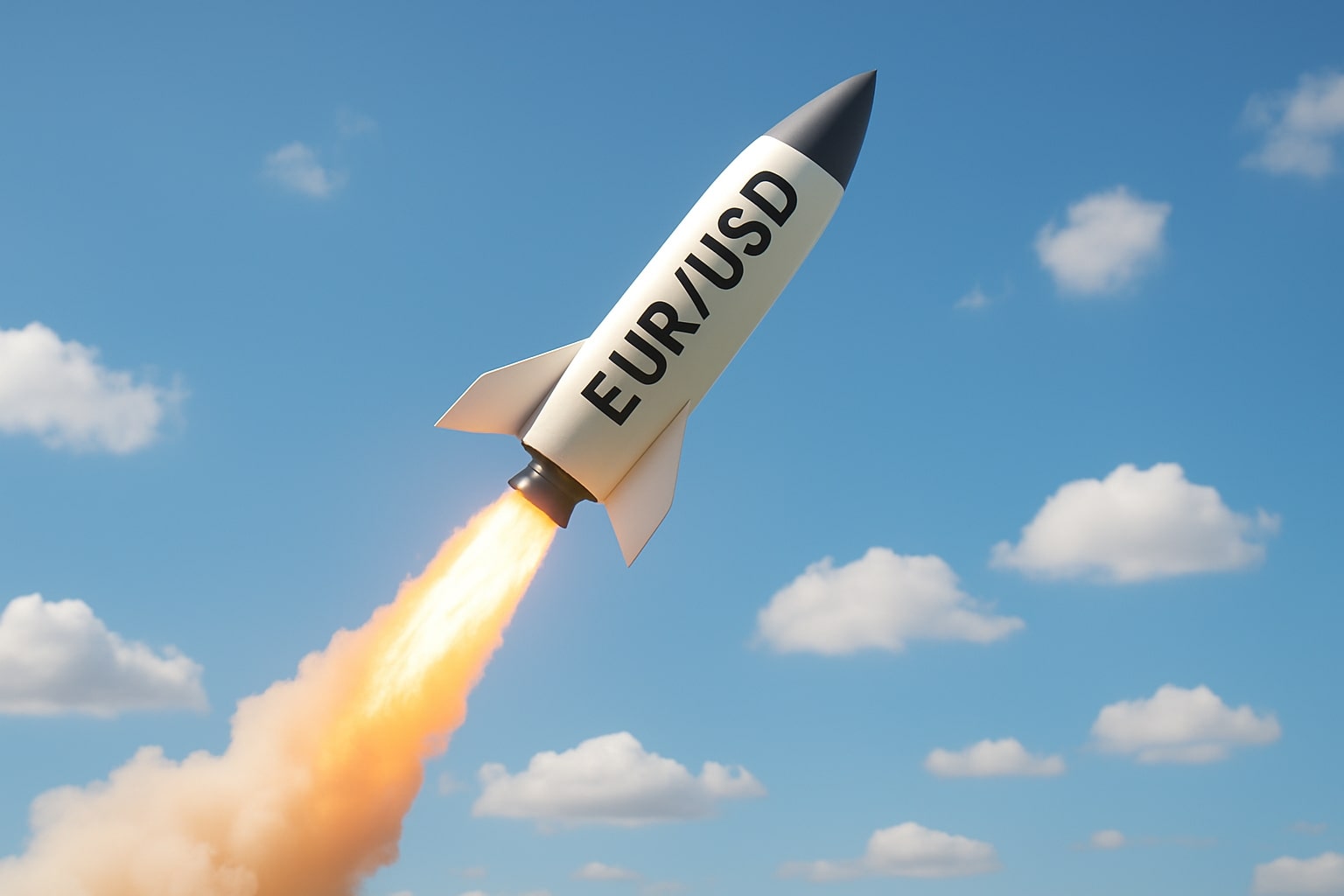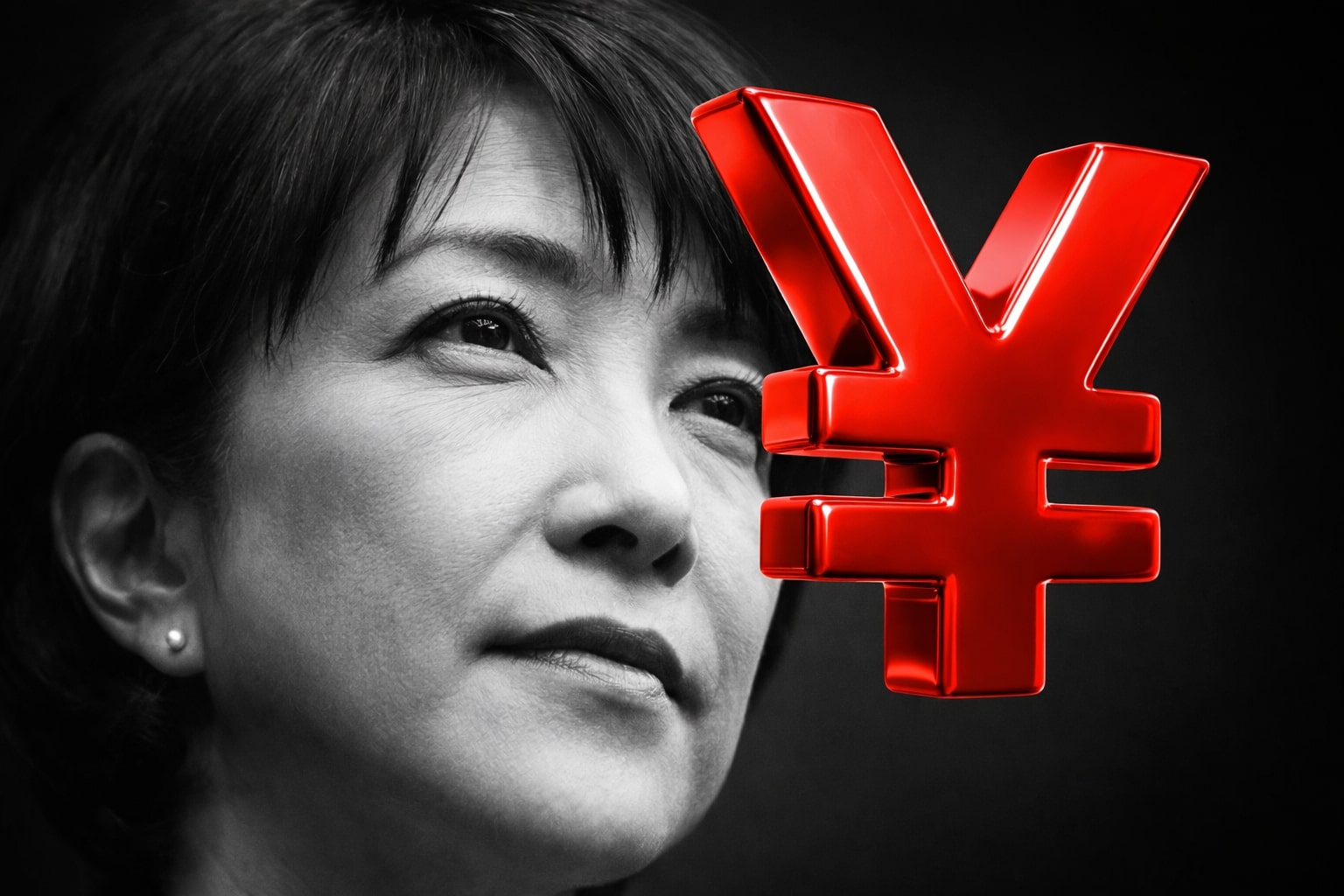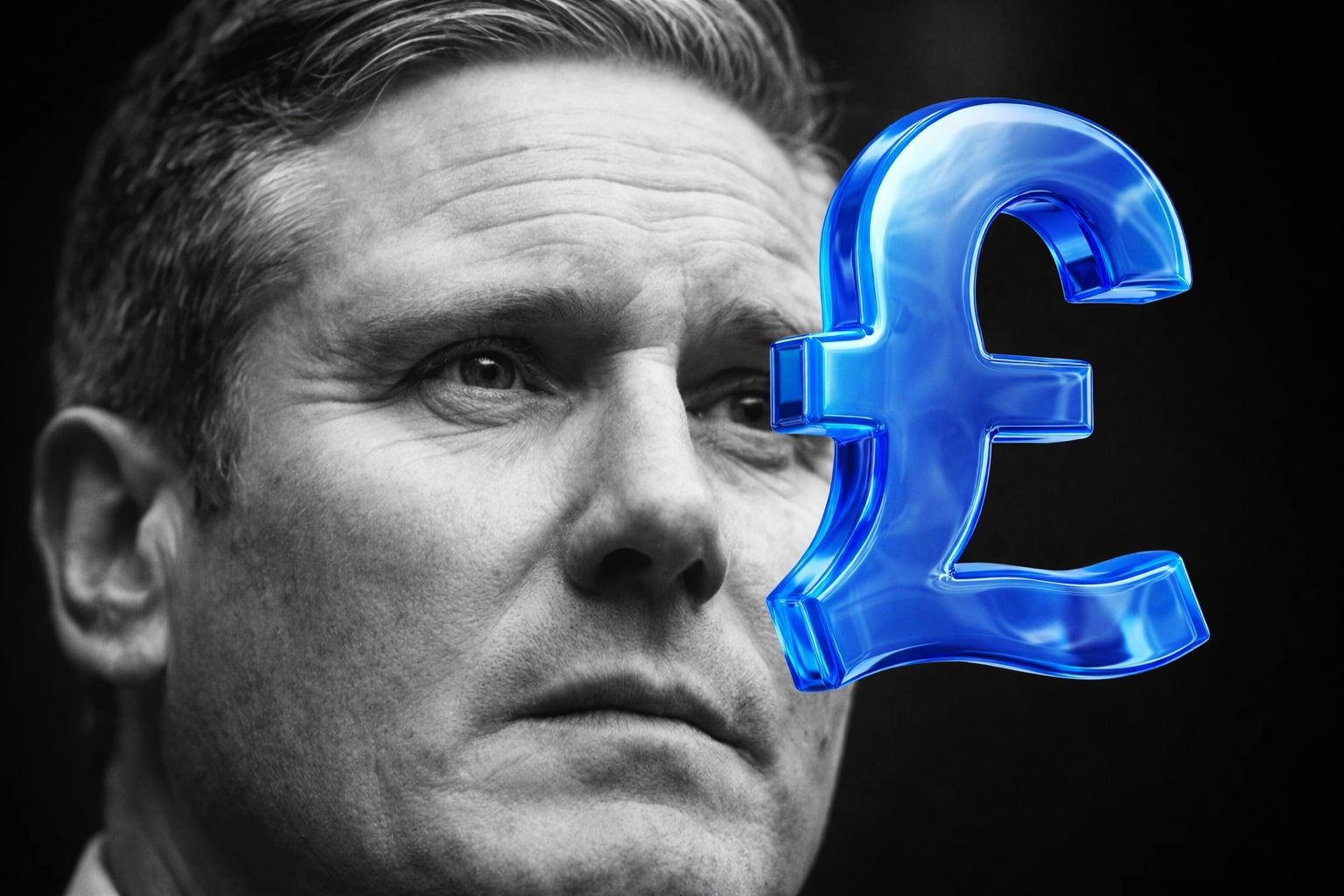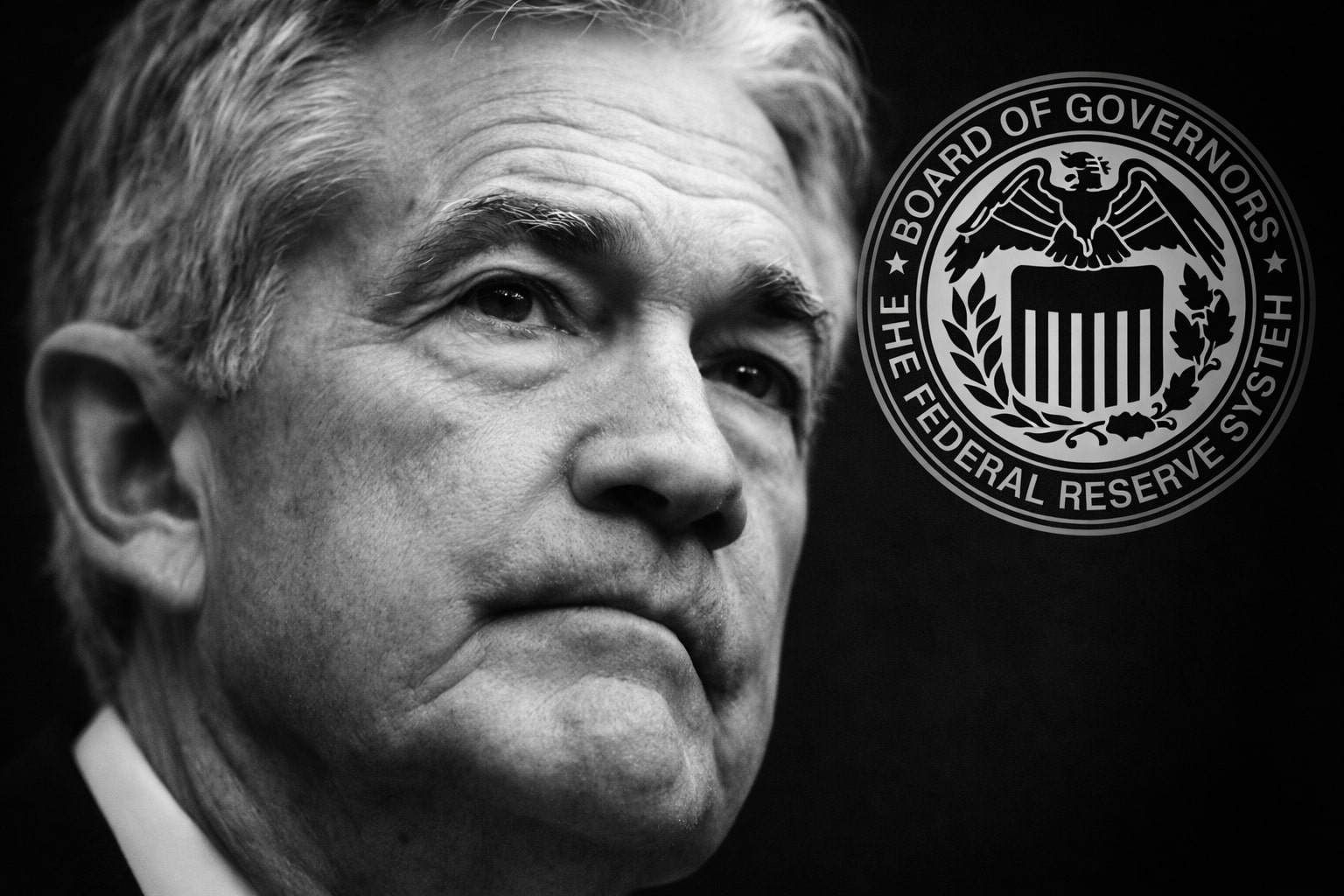
U.S. Payroll Revisions and Trade Tariffs Propel EUR/USD Price Above 1.1550
Revised July jobs data slumping to 73,000 and a 35% Canadian tariff lift dollar pressure while Eurozone inflation steadiness supports further upside in EUR/USD | That's TradingNEWS
Shocking U.S. Payrolls Revisions Ignite EUR/USD Surge
The July nonfarm payrolls report stunned currency markets when U.S. employment gains slumped to just 73,000, well below the 100,000 consensus, while May and June data were revised down by a combined 258,000 jobs. Headline revisions undermined confidence in the dollar’s strength even though the unemployment rate held at 4.2 percent. As traders rushed to reprice Fed rate-cut expectations—pushing the odds of a September reduction above 76 percent on the CME December futures contract—EUR/USD exploded from 1.1391 to 1.1554 on the day. This violent one-day swing represented the largest single-session dollar retreat in over three months and underscored how fragile the greenback’s late-week rally had become.
Federal Reserve Ambivalence Fuels Euro Resilience
Federal Reserve Chair Jerome Powell’s post-FOMC comments emphasized the importance of labor market health, yet disappointment over the payroll miss eclipsed the Fed’s firm guidance. Two dissenting governors, Michelle Bowman and Christopher Waller, had already signaled a preference for a quarter-point rate cut, arguing that tariffs pose only a temporary inflation risk. Their views, combined with Fed board member Adriana Kugler’s resignation, added layers of policy uncertainty. With futures markets now pricing in roughly 62 basis points of easing by year-end, the dollar’s appeal has waned and EUR/USD has found backing from the growing conviction that the Fed will pivot sooner rather than later.
Trade Tariffs Tilt Dollar Bearish, Euro Gains
President Trump’s imposition of a 35 percent levy on Canadian goods, alongside blanket 10 percent duties on imports from most trading partners, has intensified fears of a full-blown trade war. The resulting spike in global risk aversion pushed equities sharply lower and weakened the dollar’s safe-haven bid. In contrast, the euro has gained on its status as a proxy for relative stability. Market participants note that U.S. tariff announcements have historically prompted dollar outflows, and this round was no exception, as EUR/USD climbed through resistance levels that had capped rallies earlier in the summer.
European Inflation Outperforms Expectations
Eurozone July HICP held at 2.4 percent year-on-year, defying forecasts for a dip to 2.3, while core inflation remained steady at 2.0 percent versus an anticipated 1.9. These readings reaffirmed underlying price pressures even as U.S. data disappointed. Coupled with EU manufacturing PMI revisions and the University of Michigan’s consumer-sentiment figures showing a marginal rebound to 61.7, the euro area’s economic backdrop has injected fresh confidence into buyers of EUR/USD. Analysts now point to the European Central Bank’s data-driven approach as another rationale for euro strength in the event of U.S. rate-cut chatter.
Technical Patterns Suggest Further Upside
EUR/USD cleared the 20-day simple moving average at 1.1576 and has since consolidated above the 50-day SMA around 1.1500. Chart technicians highlight the formation of a “morning star” on the daily timeframe, signaling renewal of bullish momentum. The Relative Strength Index rebounded decisively from oversold territory and is approaching its neutral midpoint, while Fibonacci retracements identify resistance at 1.1600 followed by the July high near 1.1830. Only a drop below the 1.1550 level would undermine the uptrend, offering disciplined buyers clear risk boundaries.
Positioning and Risk: Bulls Can Accumulate on Dips
Short-interest in EUR/USD had peaked amid May–June dollar strength, leaving speculators exposed to a swift reversal when U.S. data disappointed. Commitment-of-traders reports show commercial hedgers moving back toward neutral, suggesting scope for fresh momentum in the euro’s favor. With critical support between 1.1550 and 1.1500 holding firm, EUR/USD offers asymmetric potential: limited downside should buyers defend key levels, and open topside risk as macro catalysts—Fed easing bets, tariff spillovers, and robust EU inflation—continue to favor euro buyers.
My view for EUR/USD is firmly bullish. Accumulating on retreats toward 1.1550–1.1500 aligns with both technical signals and fundamental drivers pointing to higher levels over the medium term.
That's TradingNEWS
Read More
-
IVE ETF Near $212: Is This S&P 500 Value Play Still Cheap for 2026?
20.12.2025 · TradingNEWS ArchiveStocks
-
XRP ETFs XRPI at $11.07 and XRPR at $15.76 Power $1.2B Inflows as XRP Fights for $2
20.12.2025 · TradingNEWS ArchiveCrypto
-
Natural Gas Price Forecast: NG=F Tests $3.60 Support as LNG Boom and $5 Henry Hub Calls Build Into 2026
20.12.2025 · TradingNEWS ArchiveCommodities
-
USD/JPY Price Forecast - Pairs Surges After BoJ’s 0.75% Hike as Pair Eyes 161.50 Resistance
20.12.2025 · TradingNEWS ArchiveForex



















